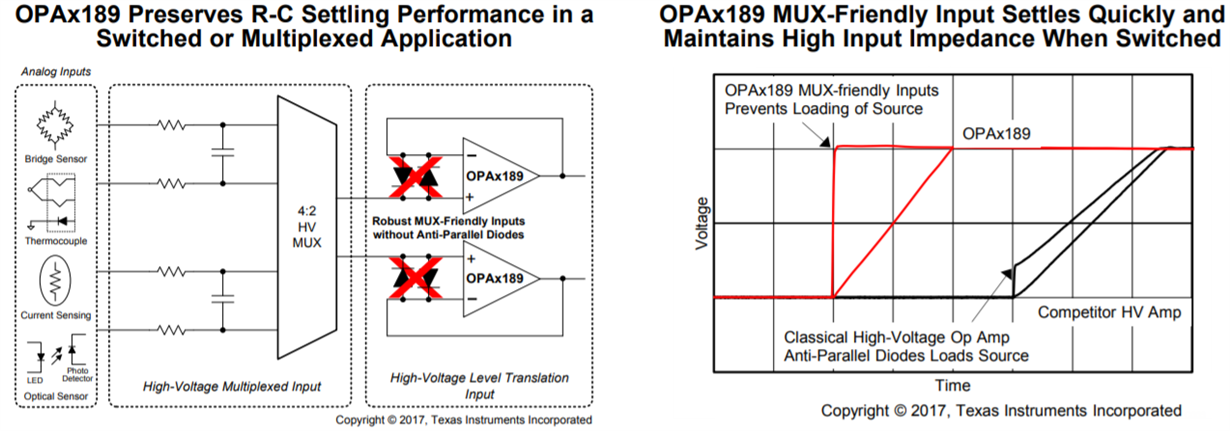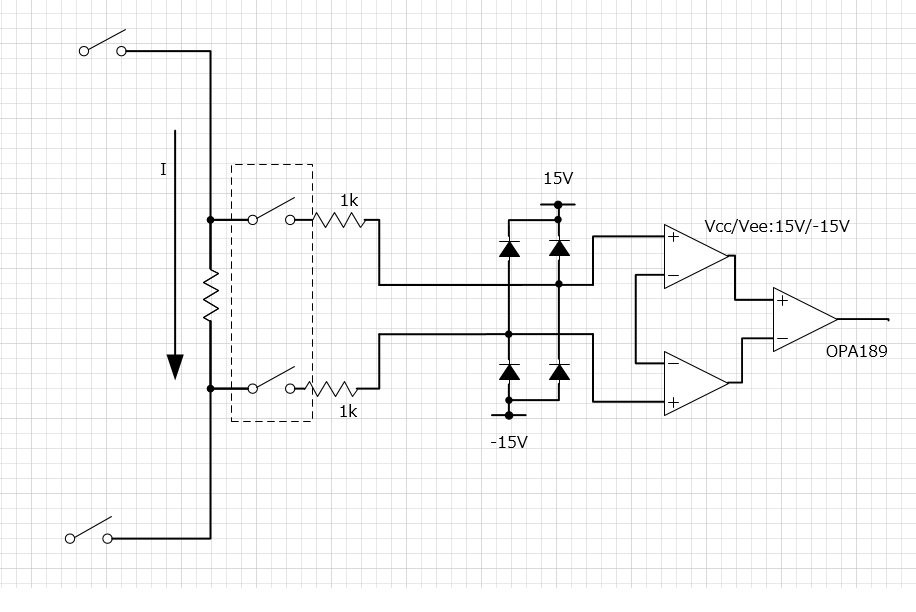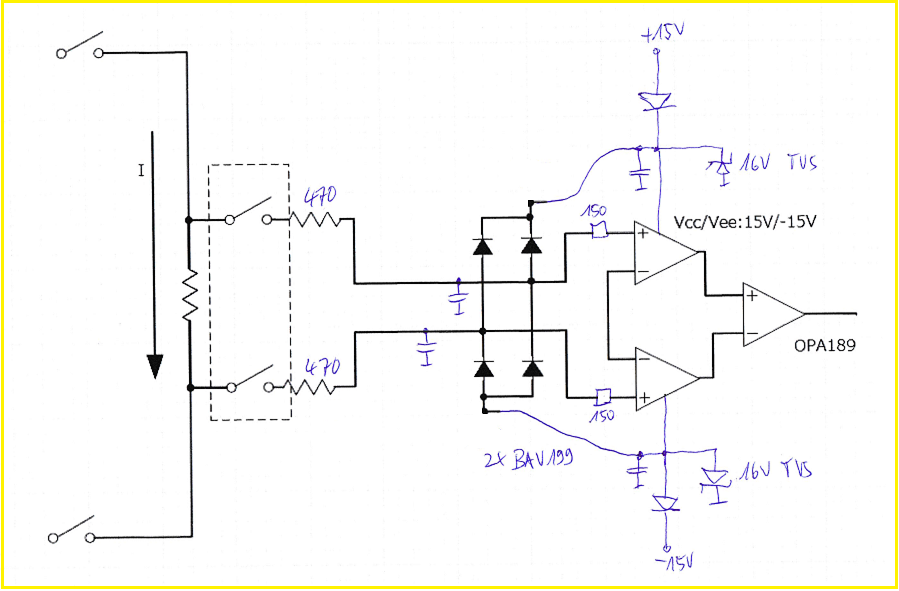Hi Team,
I'd like to know the Vf value of internal diode of OPA189 to design external input protection circuit.
because an external protection should be work faster than internal circuit.
And if you have official document of detailed about above, could you provide us?
Best Regards,
Tom Liu





